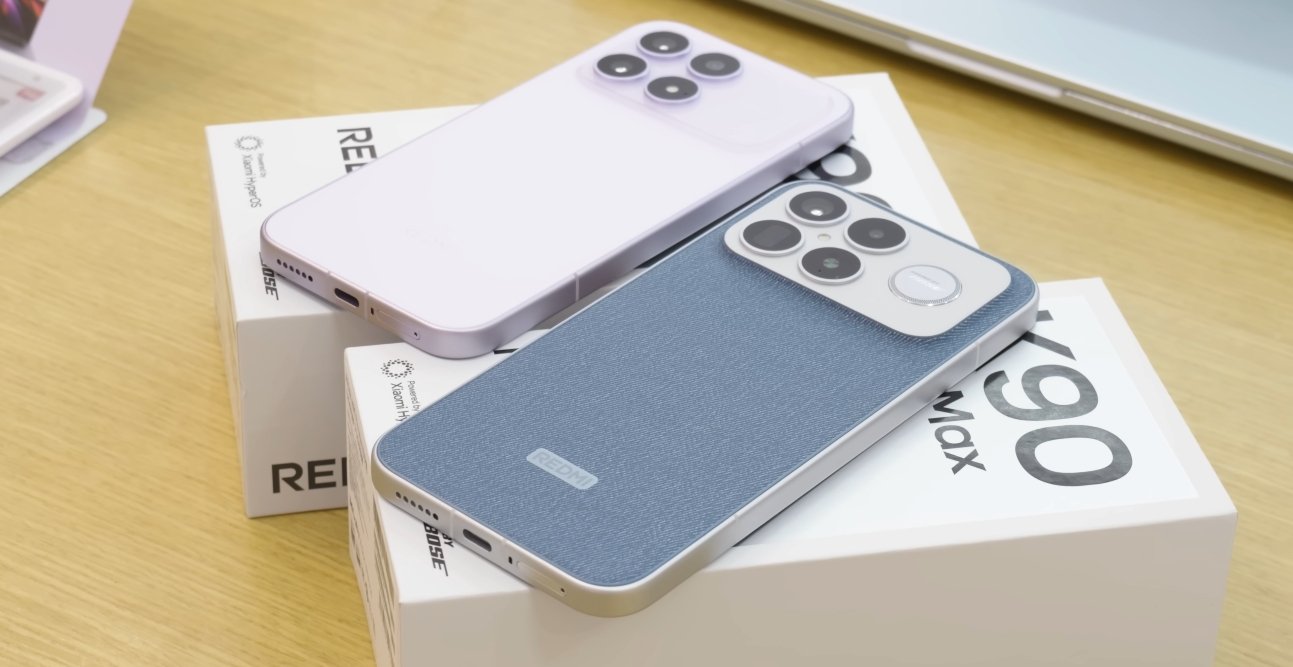Understanding the Redmi K90 Pro Max’s 5G Compatibility in Canada
The Redmi K90 Pro Max has generated major excitement among tech enthusiasts around the world thanks to its flagship specifications, sleek design, and affordable price. However, for Canadian users considering importing the device before its global release, one crucial question arises — does it support all major 5G bands used in Canada? While the phone offers impressive hardware and connectivity features, its current band configuration means it may not provide complete coverage across all Canadian carriers right out of the box.
To understand this issue clearly, it’s important to look at how 5G networks operate in Canada. The three main carriers — Rogers, Bell, and Telus — all use a mix of low-band, mid-band, and high-band frequencies to ensure broad 5G coverage across urban and rural areas. The most commonly used 5G bands in Canada include n66, n71, and n78, with n66 and n78 handling most urban traffic, while n71 covers large rural and suburban zones due to its superior range and wall penetration. For a smartphone to deliver full 5G coverage nationwide, it ideally needs to support all three of these key bands.
The Redmi K90 Pro Max, as launched in China, supports a wide array of 5G frequencies such as n1, n3, n5, n7, n8, n28, n38, n40, n41, n48, n66, n77, and n78. This makes it compatible with many 5G networks around the world, especially in Asia and parts of Europe. For Canadian users, the inclusion of n66 and n78 is a definite plus, as those two bands are heavily used in major cities like Toronto, Vancouver, and Montreal. In those regions, the phone should connect to 5G networks with solid performance and fast data speeds comparable to other flagship devices.

However, the absence of the n71 band is where limitations begin to show. Band n71 operates on the 600 MHz frequency range, which offers excellent long-distance coverage and better indoor reception. Canadian carriers like Rogers and Telus rely heavily on n71 for providing 5G service in less populated or geographically challenging areas. Without n71 support, the Redmi K90 Pro Max may experience reduced 5G connectivity or even revert to 4G LTE in suburban and rural zones. For users living in major urban centers, this may not be noticeable, but for those outside large cities, the difference could be significant.
Another important consideration is carrier certification. Even when a smartphone technically supports the right frequency bands, it still requires software certification from local carriers to fully enable 5G, VoLTE, and Wi-Fi calling features. Imported Chinese models often lack these certifications, meaning that although the phone may connect to a 5G signal, certain advanced network features might not function as intended. This includes features like enhanced voice calls over 5G or smooth handoff between 4G and 5G networks. A future global or North American variant of the Redmi K90 Pro Max is expected to address these limitations through firmware optimized for international carriers.
Performance and speed tests in other regions suggest that when the phone connects to supported 5G bands, it delivers outstanding performance. The Snapdragon 8 Elite Gen 5 chipset, paired with an advanced modem, ensures efficient power use and strong signal handling. In Canadian cities using compatible bands, users can expect high-speed downloads, smooth streaming, and low-latency gaming experiences. The large 7,560 mAh battery further enhances usability by allowing extended 5G sessions without rapid battery drain, which is a common issue on many older devices.
However, the real-world experience for Canadian users will depend largely on their carrier and location. For instance, someone using Rogers in downtown Toronto or Bell in Montreal should experience solid 5G coverage with minimal issues. But in more remote parts of British Columbia or the Prairies, where n71 dominates, the phone’s inability to connect to that band will likely limit its 5G range. This means users in rural or university towns outside major metropolitan areas may not experience the same consistent connectivity.
For most Canadian users, waiting for a global or North American release of the Redmi K90 Pro Max could be the best option. A global variant would almost certainly include a wider range of 5G bands, including n71, along with full carrier certification and software support. It would also come preconfigured for Canadian VoLTE and Wi-Fi calling standards, ensuring a smoother and more reliable experience. Additionally, local models often receive faster software updates and better technical support, both of which are important for long-term usability.
In conclusion, while the Redmi K90 Pro Max supports several key 5G bands used in Canada, it does not include all of them out of the box — most notably missing band n71, which is essential for wide coverage in rural areas. This means that while urban users may enjoy strong performance, others could see inconsistent 5G access. For Canadian buyers looking for the best possible connectivity and carrier compatibility, waiting for the global variant is the smarter move. Once the international version arrives, it’s likely to provide full band support, improved network optimization, and an all-around smoother experience tailored for Canadian 5G networks.
Also Read: How the Redmi K90 Pro Max’s camera stack compares in Canadian photography forums

